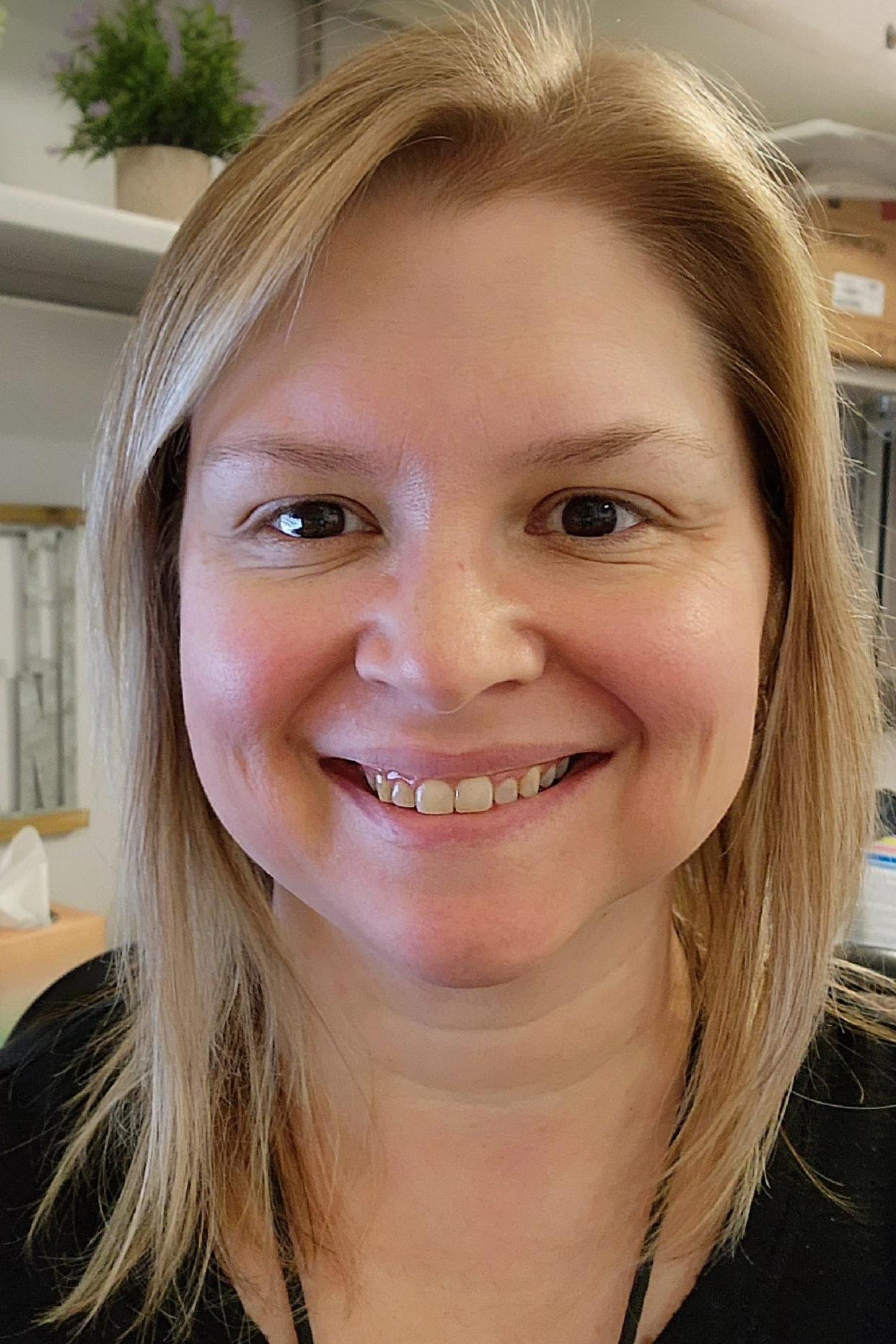Reduce the risk of death from stroke with these tips
Waiting for stroke symptoms to go away is never an option. When it comes to a stroke, time matters. Immediate action can prevent brain damage, long-term disability and death. Remember, be fast, and call 911 immediately at the onset of symptoms.
University Hospitals Samaritan Medical Center stroke coordinator, registered nurse Joanne Smalley, explains a stroke happens when the blood flow to your brain is blocked, which decreases the amount of oxygen your brain receives. The lack of oxygen in turn damages the brain tissue and causes the symptoms of stroke. Most people understand what the signs and symptoms of a stroke are, but a lot of people don’t know there are different types of strokes.
University Hospitals Samaritan Medical Center emergency physician and director of the emergency department, Cameron LeMasters, explains each type of stroke.

Two types of strokes - ischemic, hemorrhagic
The two types of stroke are ischemic and hemorrhagic. An ischemic stroke, the most common type, making up 87% of all strokes, happens when a clot narrows the blood vessels and impedes the flow of blood and oxygen to the brain. The clots can be formed by plaques that develop in the vessels; the same plaque seen with hardening of the arteries. Clots also can be embolic, meaning a piece of the plaque breaks away and completely occludes the blood vessels in the brain impeding blood and oxygen flow.
Hemorrhagic strokes happen when there is bleeding into the tissue of the brain. LeMasters said this happens when a blood vessel leaks as a result of chronic inflammation or when an aneurysm breaks. The bleeding within the brain tissue causes tissue death leading to the symptoms of stroke. It is the brain tissue death that causes the symptoms of stroke, resulting in long term deficits like inability to use one side of the body.
The deficits depend on the type of stroke that occurs, where in the brain the tissue death and damage occurs and how extensive that damage is. Typically, the deficits are permanent, however, in some cases they can improve over time with treatment.
Factors that can increase risk of stroke
There are factors that increase the risk of stroke. There is an increased risk of stroke in those who smoke, who are obese and inactive, as well as for those who have high blood pressure, high cholesterol and diabetes. These are modifiable risk factors.
There are some non-modifiable risk factors for stroke. Your age, gender, race and family history are all risk factors that cannot be changed. As we age, the risk for stroke increases. Women are more likely than men to have a stroke. African Americans are at greater risk for stroke.
There are ways to help prevent stroke. Preventing a stroke is similar to preventing many other diseases, according to LeMasters. Managing the modifiable risk factors can help decrease the risk of stroke. Maintaining a healthy weight and an active lifestyle will help prevent and reduce the risk of stroke. Managing and treating high blood pressure, high cholesterol and diabetes also help reduce the risk of stroke.
Joanne Smalley says it is important to remember that time is tissue; when someone is experiencing signs or symptoms of a stroke, calling 911 and receiving the medical interventions used to treat strokes as soon as possible is what helps save lives.
Strokes are the fifth leading cause of death in the US alone and every 3 minutes and 14 seconds someone in the US dies from as a result of a stroke. May is stroke awareness month and UH Samaritan’s mission is to educate as many people as we can to help reduce the number of deaths from strokes and help reduce the incident of stroke in the community.
As always, if you or anyone else experience the symptoms of a stroke, or any other life threatening symptoms, call 911 immediately.
Christina Vanderpool, RN, BSN is a Community Outreach nurse at University Hospitals Samaritan Medical Center.
This article originally appeared on Ashland Times Gazette: Factors that increase risk of stroke; address symptoms quickly
